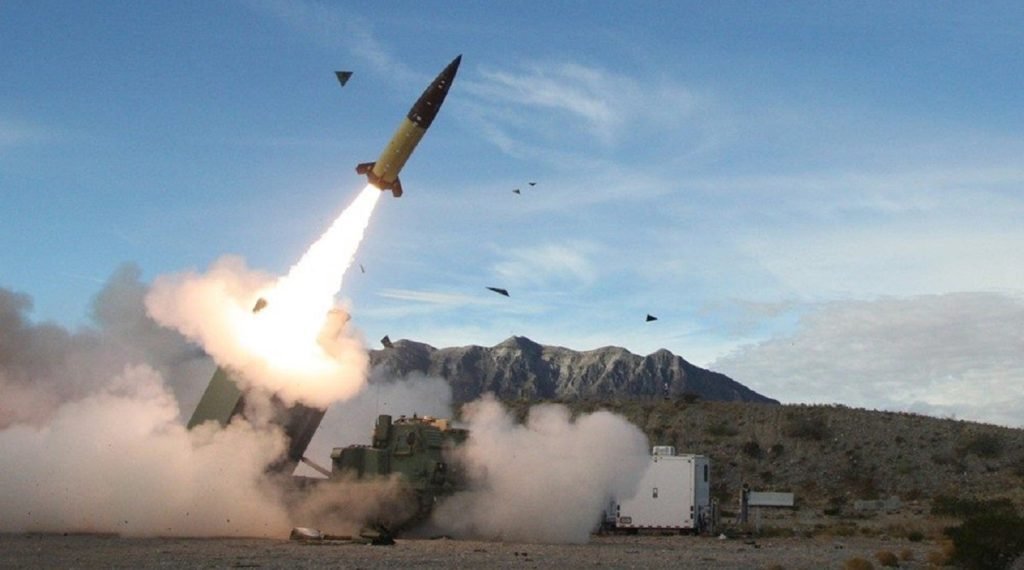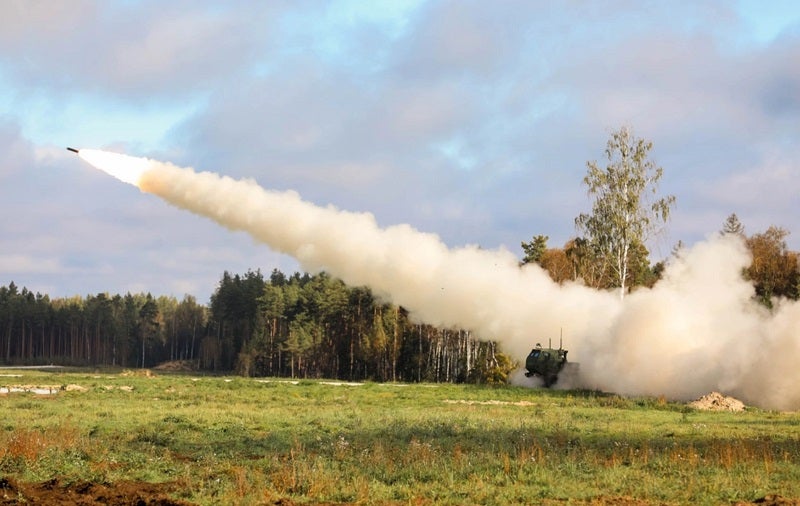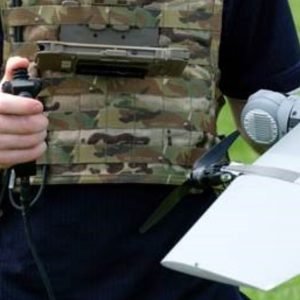
The US government has, after months of deliberation, approved Ukraine’s use of long-range weapons inside Russia according to widely circulated reports across international media on 17 November.
While the US Department of Defense declined to comment, the president of Ukraine, Volodymyr Zelenskyy alluded to their use of the weapons inside Russia: “Missiles will speak for themselves. They certainly will.”
Permittance is required from a legal standpoint given these weapons are made in the US as well as certain components used in European long-range systems.
Western officials lately suggested that the Pentagon has re-assessed the situation in the Kursk region, where Ukraine is losing up to a third of Russian territory gained in the August incursion, following the mobilisation of several thousand North Korean troops sent to bolster Russian forces in the Northern theatre.
Debate over this issue has played out over the last several months. While Zelenskyy placed long-range capabilities at the heart of his Victory Plan to turn the tide of the war before any potential negotiations with Russia, the Biden administration has been reluctant to acquiesce for fear of escalation with the aggressor. Russia is a state that has , since its invasion of Ukraine, often resorted to nuclear diplomacy.
Ukraine has already deployed its own, indigenous long-range capabilities inside Russia with limited success. The war-torn nation started producing its own sovereign deep strike weapon which is said to be a hybrid cruise missile and long-range drone called the Paliantsyia.
In early October Western intelligence officials pointed to a shift in Ukrainian strategy as Russian ammunition depots around 300-500km inside Russian territory were destroyed. It appears that Ukraine’s forces will continue this defensive strategy to deprive Russian war potential; a central objective Zelenskyy conveyed in recent months.
Most likely, the new long-range weapons will be used to target Russian forward basing areas, fuel production sites, and weapon depots for the material effect; but also potentially major cities such as Moscow for the political effect and to retaliate for Russian strikes on civilian areas.
US approval came at the same time that Russian forces damaged Ukrainian energy infrastructure during their largest missile and drone strike since August on the night of 16-17 November 2024. The Ukrainian Air Force reported that 90 drones and 120 missiles were fired.
It is believed that Ukrainian forces shot down 42 drones and one Zirkon, seven Kinzhal, 85 Kalibr and Kh-101, two Kh-22/31P, and five Kh-59/69 missiles. Ukrainian President Volodymyr Zelensky stated that Ukrainian F-16 pilots shot down roughly 10 aerial targets during the strike
It is likely Ukraine will receive the Army Tactical Missile System (ATACMS) from the US, its largest donor of military assistance. This conventional, surface-to-surface system provides between 160-300km range.

Strategic asset or last-ditch effort?
Long-range capabilities inside Russia have been considered a strategic asset in the battlespace, and perhaps they will be if the Biden administration and Ukraine ensure that the capability will not be less than the sum of its parts – such was the case for the decision to send Ukraine F-16 fighter jets, Professor of Strategic Studies, Phillips O’Brien, suggested in his regular substack.
Unfortunately for Ukraine, however, it may already be too late. The lifting of these restrictions come at a time when its forces are losing their grip on Kursk, Russian territory that could leveraged in future negotiations; marginal Russian advances in Donetsk that are slowly becoming operationally significant; and all the while Russian strikes are pounding Ukraine’s civil and military infrastructure.
“Ukraine is needing everything possible to remain in the fight at this point,” noted GlobalData Defence Analyst, Wilson Jones. “They’re on the backfoot in every measurable way. This just keeps them alive.”
For a sporting metaphor: “it’s the final inning and you’re down five points.”
It is increasingly becoming a last-ditch effort to save face when the Ukrainians are forced to the negotiating table. This is an encouraging prospect for their erstwhile ally, a US government led by President-elect Donald Trump.
GlobalData Defence Analyst, Fox Walker, added that “building a decisive strategic advantage is near impossible for Ukraine at the moment. Right now, Ukraine can’t even devise a strategy because its largest supplier of military aid for the past two-and-a-half years is about to become extremely unreliable.”
Nevertheless, ATACMS will prove useful in preventing the use of Russian war potential even if it would have been more useful much earlier.
Deep strike capabilities are at the heart of major military arsenals in the West, besides the US Army’s use of ATACMS, the UK Ministry of Defence are similarly pursuing their own long-range weapon under Project Brakestop.
The forthcoming industrial competition will provide the UK with a one-way effector to be launched from a mobile ground-based platform.








